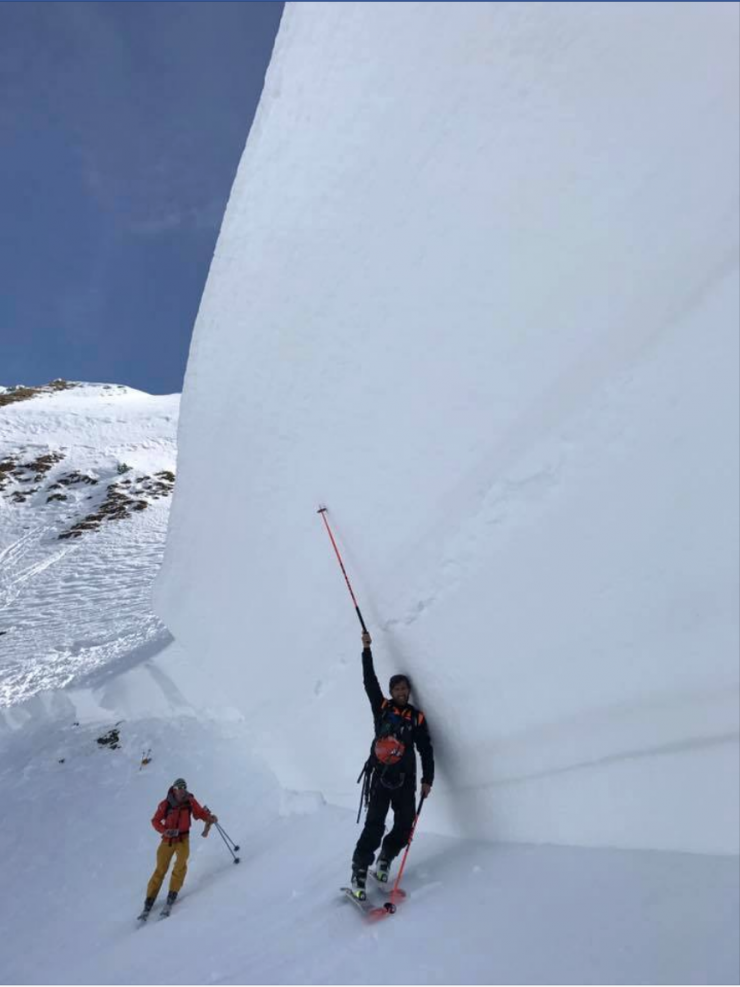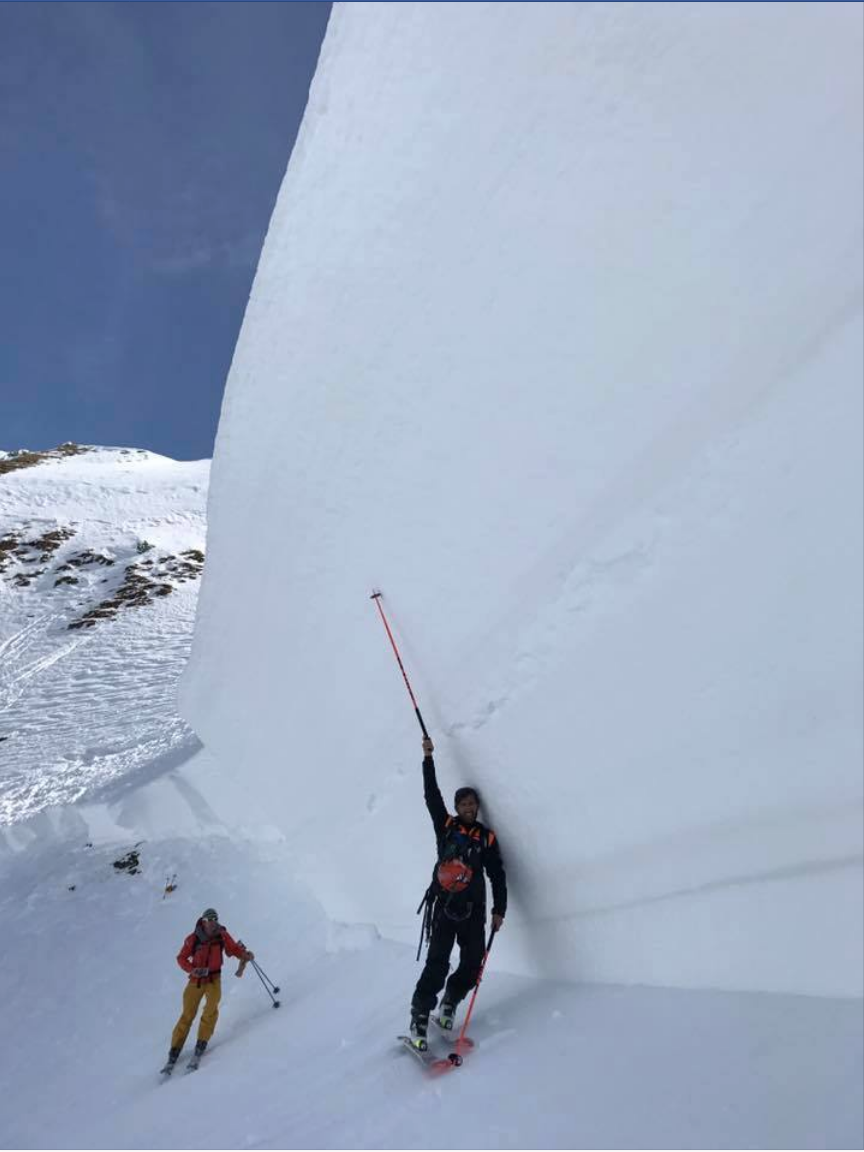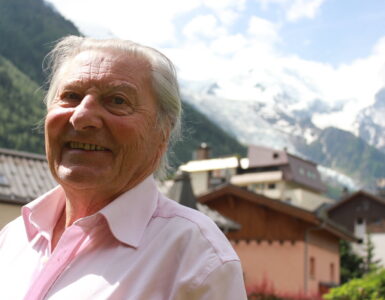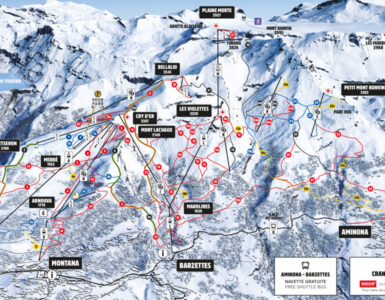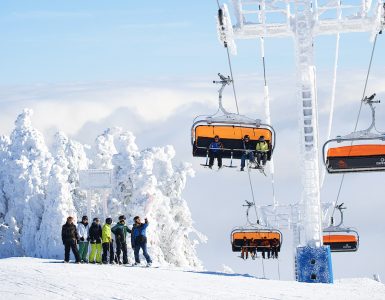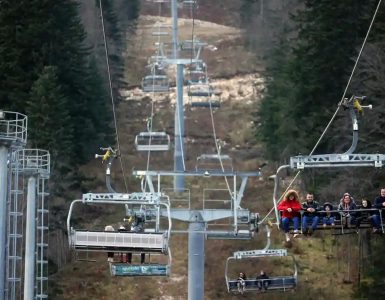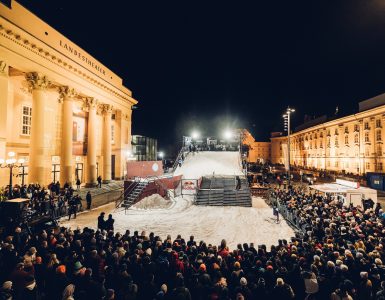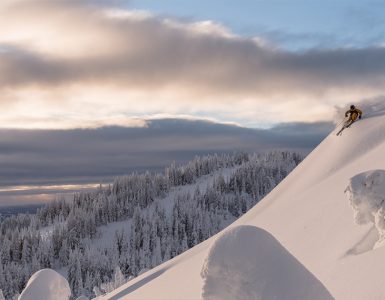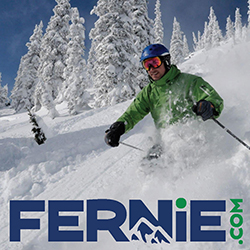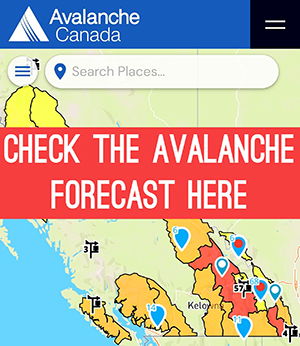This winter’s snow in Europe has been very treacherous for skiers; the snowpack is a ticking timebomb. This past weekend a particularly thick slab avalanche, of up to 7 meters, naturually released in the Chamonix Valley. This perfectly represents the present instability of the European snowpack.
If you happen to be planning a visit to Chamonix here is what they promote for avalanche safety:
Avalanche Safety in Chamonix
In European ski resorts, pistes whether green, blue, red or black are made safe from avalanches by the ‘Securité des Pistes’ (piste rescue services).
As such there is no danger from avalanches on the marked runs in Europe but as soon as you leave the piste the area is no longer secured and skiers and snowboarders find themselves in potential avalanche terrain.
It is the decision of the individual to enter this terrain and unlike in Canada and North America you are completely free to do so. With the growing popularity of skiing and snowboarding and the introduction in recent years of fat skis and snowboards more and more people are able to venture into the off piste. Sometimes before they fully understand the potential danger of the terrain.
Most natural avalanches occur during the spring time on South facing slopes when the sun warms the snow up and causes Point Release avalanches. In general these are not a significant danger as there are usually no people involved; the snow is wet and heavy and skiers/snowboarders tend not to ride it. These point release avalanches also move quite slowly and start from and individual point and grow in size as the move down the hill.
Most avalanche accidents by contrast happen in the cold months of December, January and February on North facing slopes. This is when the powder is best and the traffic in the off piste is heaviest. It is also when most slab avalanches occur.
In 90% of avalanche accidents the victim or someone in the victim’s party triggers the avalanche and 90% of these accidents involve a slab avalanche.
The snow we ski and snowboard on is made up of lots of different layers created by different weather conditions, temperature fluctuations, and snowfalls. Slab avalanches occur when a layer of snow that is well bonded breaks free from the layer below and the well bonded layer slides away breaking up into large blocks of snow and ice as it makes is way down the hill.
Avalanche accidents can occur without any obvious warning and even the most practised back country experts can get caught out.


